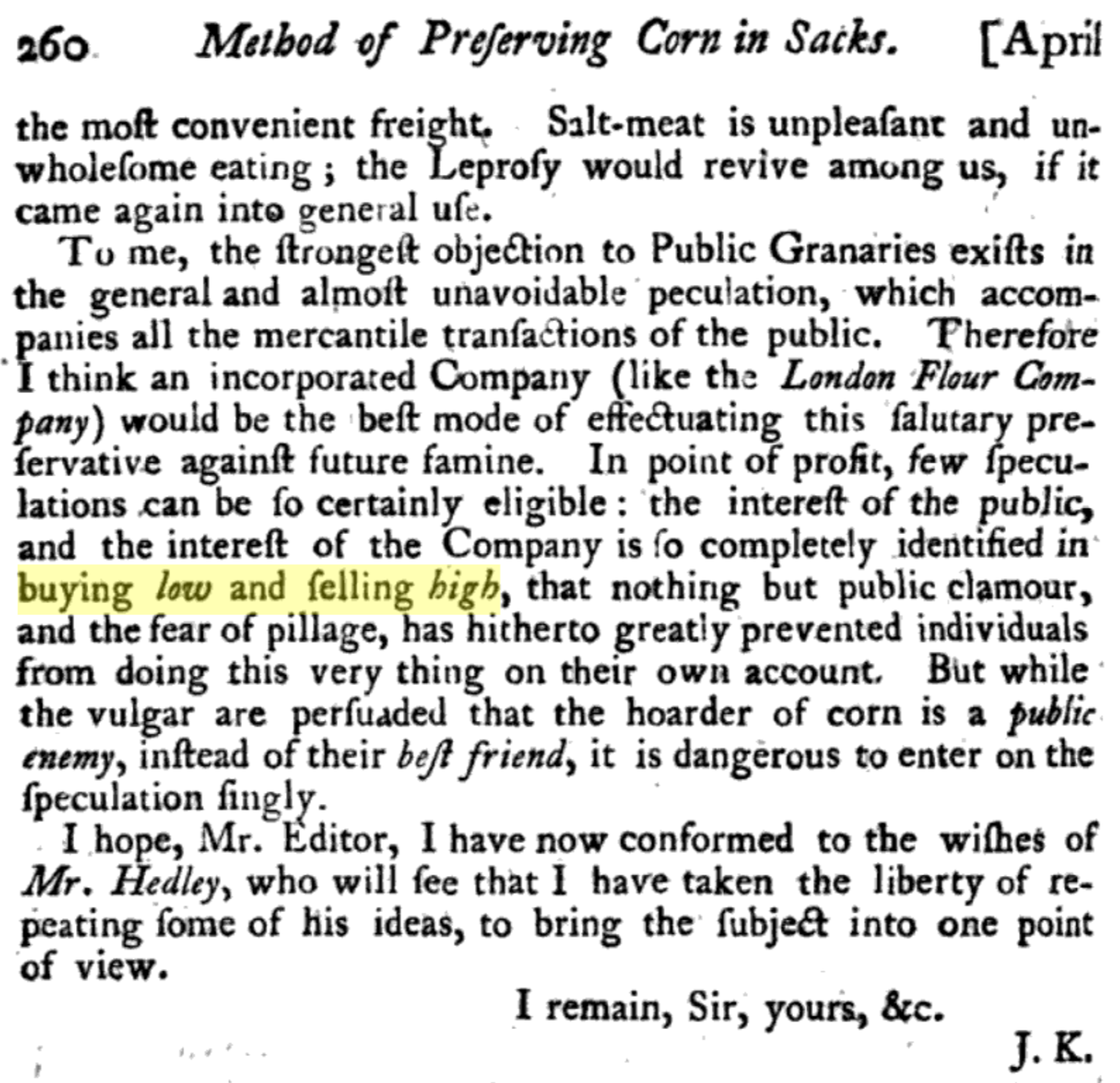Finance
History
The origins
Josseph de la Vega's (ca. 1650 – Amsterdam, November 13, 1692) Confusion de Confusiones [V88] was published in 1688. It is the oldest book ever written about stock exchanges. It predates Saeed Amen's Trading Thalesians by 326 years!
Written in Spanish by a member of the Sephardi community of Amsterdam in the form of four dialogues between a philosopher, a merchant, and a shareholder, it focusses on the activities of the Amsterdam bourse in the second half of the 17th century.
The author clearly appreciates the importance of (different kinds of) information in the price formation process:
The price of the shares is now 580, [and let us assume that] it seems to me that they will climb to a much higher price because of the extensive cargoes that are expected from India, because of the good business of the Company, of the reputation of its goods, of the prospective dividends, and of the peace in Europe.
Furthermore,
The expectation of an event creates a much deeper impression upon the exchange than the event itself. When large dividends or rich imports are expected, shares will rise in price; but if the expectation becomes a reality, the shares often fall; for the joy over the favourable development and the jubilation over a lucky chance have abated in the meantime.
Volatility
The term volatility is a relatively recent arrival. It originates from the Latin word volatilitas — "readiness to fly swiftly on" (from volo, "to fly") [C92].
We find an unflattering passage describing Louis Napoléon Bonaparte (1808 – 1873) in an 1863 journal [K63]
He was a buyer and seller of those fractional and volatile interests in trading adventures, which go by the name of "Shares," and since it has chanced that the nature of some of his transactions has been brought to light by the public tribunals, it is probable that the kind of repute in which he is held may be owing in part to those disclosures.
In 1915, Wesley Clair Mitchell (1874 – 1948) studied what he referred to as fluctuations in commodity prices [M15]. He was the first person [M63, H08] to empirically show the existence of fat-tailed distributions and time-varying volatility in price data.
In the context of financial markets, the term volatility reappears in 1935 in Harold M. Gartley's (1899 – 1972) early work [G35] on technical analysis.
Buy low, sell high
Wiktionary refers to "buy low, sell high" as
Commonplace investment advice, recommending that a prospective investor purchase an asset at a low cost and sell it later for a high price.
It adds:
Often used in a humorous manner, since this advice is too trite and vague to be helpful in specific situations.
Thales of Miletus (c. 626/623 BC – c. 548/545 BC) is probably the earliest adopeter of this advice. According to Aristotle, Politics 1.1259a,
Thales, so the story goes, because of his poverty was taunted with the uselessness of philosophy; but from his knowledge of astronomy he had observed while it was still winter that there was going to be a large crop of olives, so he raised a small sum of money and paid round deposits for the whole of the olive-presses in Miletus and Chios, which he hired at a low rent as nobody was running him up; and when the season arrived, there was a sudden demand for a number of presses at the same time, and by letting them out on what terms he liked he realized a large sum of money, so proving that it is easy for philosophers to be rich if they choose, but this is not what they care about.
Although, ibid., Aristotle draws a different conclusion from this story:
Thales then is reported to have thus displayed his wisdom, but as a matter of fact this device of taking an opportunity to secure a monopoly is a universal principle of business; hence even some states have recourse to this plan as a method of raising revenue when short of funds: they introduce a monopoly of marketable goods.
The earliest reference that we could find to the adage "buy low, sell high" in the literature was in the letter ON PRESERVING CORN IN GRANARIES written by a certain J. K. "To the Editor of the Commercial and Agricultural Magazine" for 1801, Vol. IV, from December to June, inclusive, printed and published by Vaughan Griffiths, Paternoster-Row:
Bibliography
- [C92] George Crabb. English Synonymes Explained in Alphabetical Order. Harper & Brothers, Publishers, 1892.
- [G35] Harold M. Gartley. Profits in the Stock Market. Health Research Books, 1935.
- [H08] Espen Gaarder Haug. Derivatives: Models on Models. Wiley, 2008.
- [K63] Alexander William Kinglake. Napoléon Bonaparte. The Living Age, April 1863, 983.
- [M63] Benoit B. Mandelbrot. The variation of certain speculative prices. Journal of Business, 1963, XXXVI, 392-417.
- [M15] Wesley Clair Mitchell. The Making and Using of Index Numbers: Introduction to Index Numbers and Wholesale Prices in the United States and Foreign Countries, Bulletins of the U.S. Bureau of Labor Statistics, U.S. Bureau of Labor Statistics, 1915, 173.
- [V88] Josseph de la Vega. Confusion de Confusiones: Dialogos Curiosos Entre un Philosopho agudo, un Mercaderdiscreto, y un Accionista erudito. Amsterdam, 1688.

